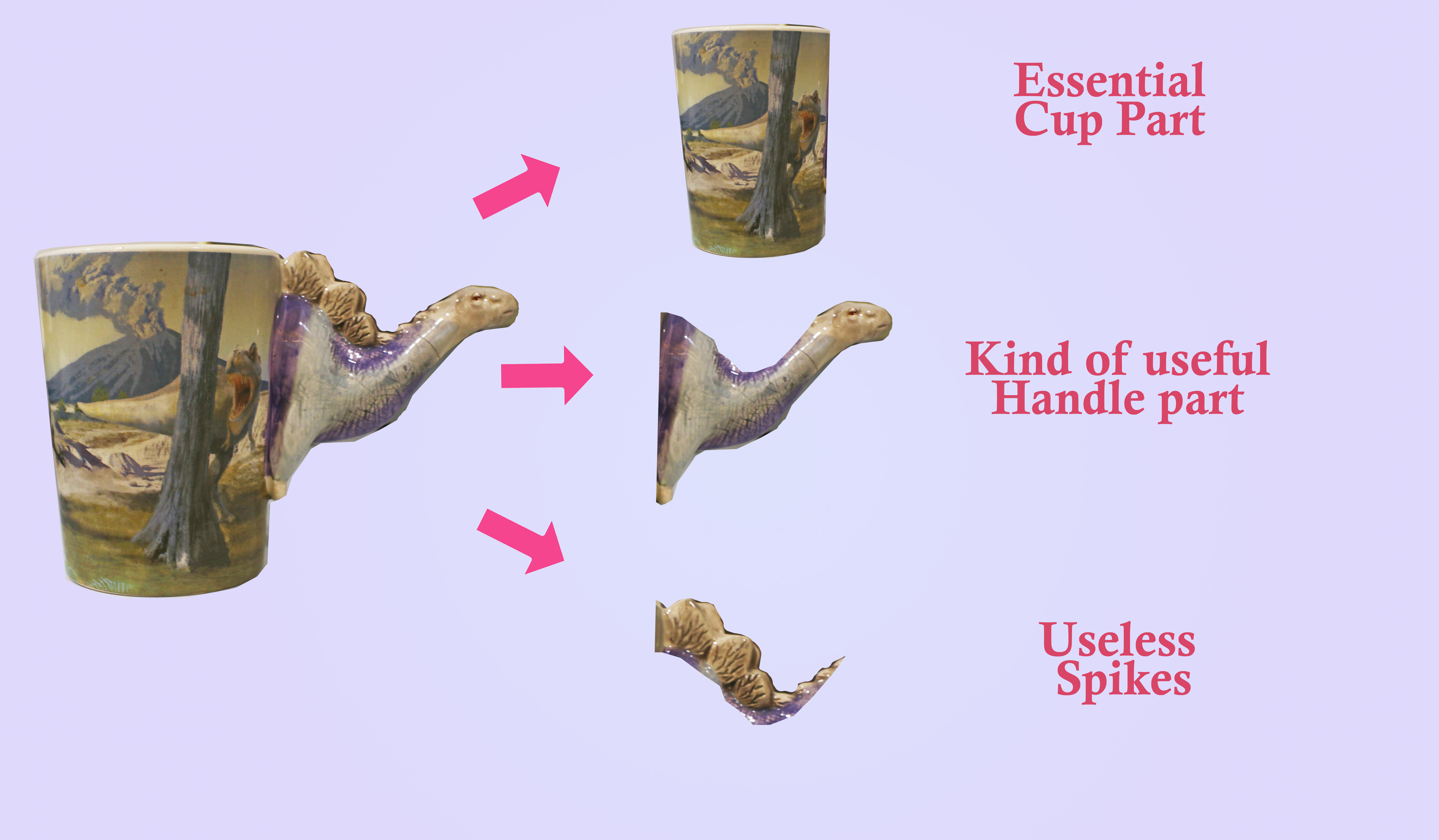Research that focuses on the fundamental, nitty gritty, seemingly inapplicable, minutia of the world is not very appealing or engaging, and on the surface seems like a waste of taxpayer money. But fundamental research is essential, underfunded and hugely important. You can only build a beautiful building on solid foundations but unfortunately very few people care about what is under the world’s greatest architectural achievements. The research our group just published may be the most important discovery I will make in my career but it’s just some concrete in the ground, so unlike some of my other research, you won’t see it in the media. But this is my attempt to make it at least digestible to the general public.
Proteins are not just a food group used to make ‘massive gains’ in the gym, they are the tools, building materials and micromachines of the body. How do you see? The protein rhodopsin changes shape when it’s hit with light. How do you digest food? Proteins called enzymes cut up your food into tiny pieces which can then be transported into your blood (by, you guessed it, transport proteins). How do you lift? Actin and myosin proteins slide across each other to contract your muscles. Below is a protein (kinesin) moving a package around the cell by walking down another protein (actin).
Source an animation extracted from The Inner Life of a Cell by Cellular Visions (https://imgur.com/gallery/TKtA28B).
The point is proteins are the “doers” of the body. There are over two million kinds of proteins in your body and a huge part of biological research is trying to figure out what the heck all these proteins do. In our latest paper we used a left field approach to figure out what the protein IL-1α does and we got some excellent results with help from some whales.
To understand our approach have a look at this fantastic collage of coffee cups in our lab. What you can see is that there are some differences and some similarities between the cups. Note that the differences are in things not essential to the function of the cup such as the colour, the shape of the handles and what is written on the front. What’s the same is essential to the cup’s function, a big sealed cavity for the life giving, sacred, fruit of the gods, coffee.
Note the enlightenment began just after coffee was introduced to the west and became one of the most widely drunk beverages. i.e. we’d still be in the dark ages if it weren’t for coffee (https://www.huffingtonpost.com/peter-diamandis/from-beer-to-caffeine_b_5538535.html). Note – very reliable source. Note- the evidence is pretty loose for this. Note- shut up I believe what I want to believe. Alternative fact – we’d still be monkeys if it weren’t for coffee.
The same is true for proteins. Most animals have a different version of the same protein. However, like the coffee cups, there are some differences in the protein between animal species (i.e. the monkey IL-1α looks a little different to the elephant IL-1α). The differences will be in parts of the protein which are not important to the protein function and the similarities will be in the parts of the protein essential to its function. Our protein, IL-1α, was thought to be pretty much like my dinosaur cup, with three elements, the essential cup part, the less useful handle part and the completely useless spikes on the handle.

I really hope this analogy works.
We had this understanding because of what we know about the protein through experiments. The job of IL-1α is to signal inflammation (the swelling and redness you get from and injury or infection). Now we know that if you inject the whole protein you won’t get a lot of inflammation and if you inject the handle or spikes you won’t get any inflammation, but if you inject the cup part into someone a massive inflammatory response will kick off. Also, when we look at what proteins are floating around people’s blood who have injured themselves you’ll only see the cup part of the protein. We also know that the cells that detect the infection or injury and want to signal inflammation, cut the handle and spikey part off and only release the cup part into the tissue or blood. From this we all concluded that the handle and spikey parts can’t be essential to the function of the protein. We then thought that the handle part must do something because when we did experiments where we mutated the handle, the location of the protein changed, so it seemed the handle was important for telling the cell where to keep the protein. But as for the spikes on the handle, we all thought that they were useless and didn’t do anything.
This is where we stepped in with our cool evolution research. We looked at the protein in a range of animal species expecting the cup to look the same in all animals (because it’s essential), the handle to look somewhat similar (because it does something) and the spikes to look completely different between animals species (because they don’t do anything). However we actually found the opposite, the spikes were identical in all animals while the cup was reasonably variable. This suggests the spikes have an essential function to the protein. Interestingly, toothed whales didn’t even have the handle they just had the cup and spike part. Showing that whatever the spikes do is independent of the function of the handle.

Basically because the spikes part of the cup is present in all animals, it must be a very important part of the protein.
But how do we figure out what the spikey part does? Well it turned out that a number of other proteins all have the spikes too. So then what we did was see what feature was similar between all these proteins. What we found was that these spikes always appeared in proteins which bind to another protein call HAX1. Because of this we can now predict that our protein IL-1α binds to HAX1 and that this binding is essential to its function because this feature is unchanged in all animal species.
All this research was done on a computer. I next had to confirm HAX1 binding in the lab. For this I used an experiment called a dot blot and it worked! Basically I stuck a bunch of different proteins to a piece of plastic and then soaked the plastic in a solution with HAX1. Then I checked whether HAX1 stuck to any of the proteins stuck on the plastic. From this I found that HAX1 only bound to the spikes of IL-1α and not other proteins or other parts of IL-1α. This was exactly what we predicted from the evolution work I did sitting at my desk drinking coffee (out of my dinosaur mug). To find out why HAX1 and IL-1α binding is important, you’ll have to tune in to our next paper.
P.S. We looked at a lot of proteins in a lot of animals.
If you want to know more, try reading the actual paper!
https://www.nature.com/articles/s41467-018-03362-1
https://www.ncbi.nlm.nih.gov/pubmed/29559685
https://www.ncbi.nlm.nih.gov/m/pubmed/29559685/


